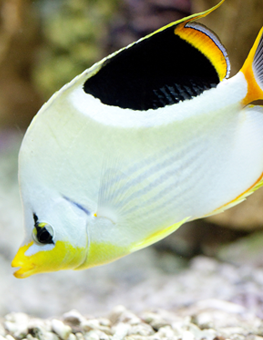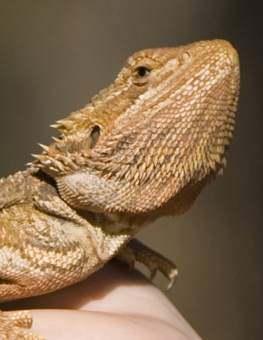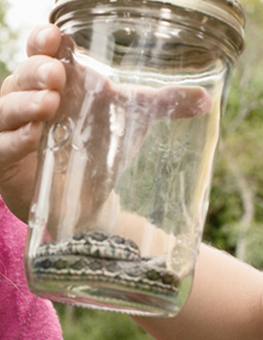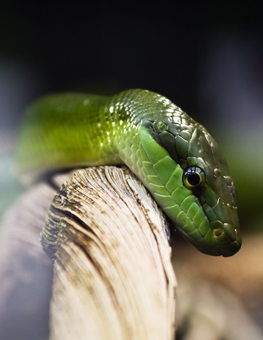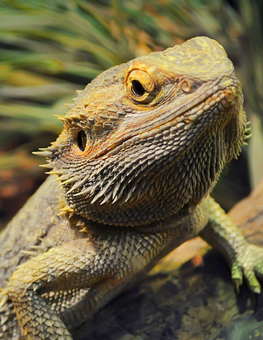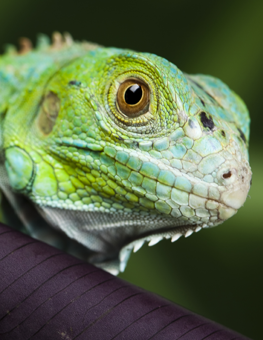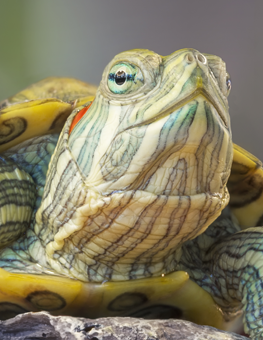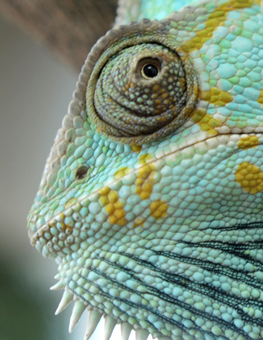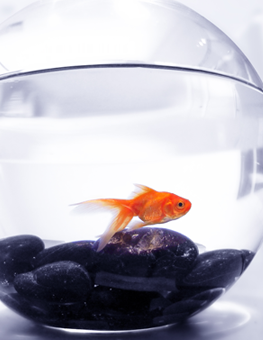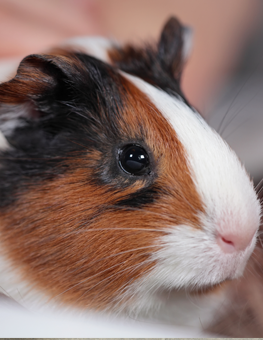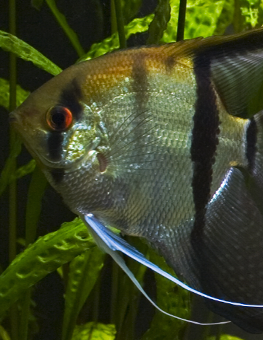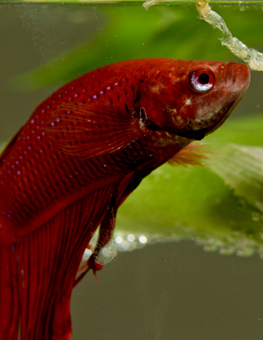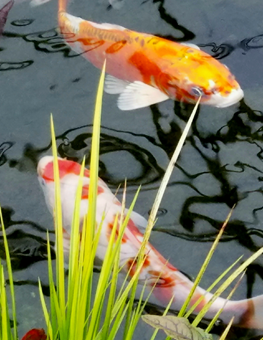Preparing Your Reptile’s New Home
A well-designed living area is essential if you want your reptile to be comfortable and healthy
Before you bring your new reptile home, make sure her habitat is already set up. Pay particular attention to the environmental conditions your reptile requires. By allowing conditions in the new habitat to stabilize and by giving yourself the opportunity to ensure that all equipment is operating according to specifications, you will ease the transition for your pet from her store environment to her permanent one.
Setting up a vivarium
For most reptiles, a basic aquarium tank is the ideal habitat (called a vivarium or terrarium) for housing reptiles. Look for the following qualities:
- Choose glass over plastic, which is not strong enough to withstand the abuses of an ever-growing reptile and may also leech chemicals that may be harmful.
- Glass will also hold up better against the heat and moisture within the environment.
- Be generous in choosing a tank size; if a 10-gallon tank will do, think about opting for a 15 or 20 gallon one.
- When choosing a home, remember that reptiles often grow in size very quickly and are used to roaming large distances.
Choosing the right bottom covering
Rely on the advice of an expert for choosing the proper bottom covering for your pet's home. The consequences of choosing the wrong substrate could range from killing your reptile to making simple cleaning and tank maintenance a burden. Suitable substrates include newspaper, certain types of sand, wood/bark chips, soil and/or peat moss, plastic turf and indoor/outdoor carpet.
Providing proper warmth
Many reptiles are arboreal, which means that they prefer the safety of living in trees or other above-ground habitats. Place some objects in the habitat that they can climb around or perch on. Provide your reptile a clean source of water and some sort of ground-based shelter from heat and light. But keep in mind that most reptiles need two kinds of heat: ambient heat, which is the overall air temperature of the habitat; and digestive heat.
- Reptiles are cold blooded, so they need ground-based heat in order to thermo-regulate their bodies.
- To digest food and carry out basic metabolic and bodily functions, reptiles seek direct contact with external heat sources needed to fuel their digestive function. Digestive heat should only be applied to part of the vivarium base.
- A cooler area to retreat to is also necessary.
- Ambient heat is usually provided by an overhead light source or by a ceramic heating element mounted in a light socket. Be sure that your pet cannot come into physical contact with this heat source, which are hot and can burn.
- Ambient heat sources must work on a schedule to ensure that the habitat does not build up too much heat or get too cold.
- Since your reptile can't choose when to use the digestive heat sources, these should be left on around the clock.
Providing proper lighting
Your habitat lighting needs to establish crucial day/night cycles for your pet's overall health and digestive function. Keep the following guidelines in mind:
- A good system should include fluorescent, full-spectrum lighting and ambient heat-generating incandescent basking lighting.
- The full-spectrum bulb is also a reliable source of ultraviolet light, which reptiles need to produce vitamin D3 (which is then used to metabolize vital calcium).
Using a vivarium cover
A very secure lid should be affixed to the habitat. Reptiles are superb escape artists. The world outside the walls of his home won't be nearly as accommodating as his home. Select your cover by following these tips:
- You will need to allow a small space (between the cover and habitat) for electrical cords, taking care that these are protected from reptile teeth and claws.
- Provide a barrier of some type between the cover and the various lighting and heating elements. A screen is most suitable.
- Avoid glass covers, which filter out both heat and vital ultraviolet wavelengths from your lighting element.




